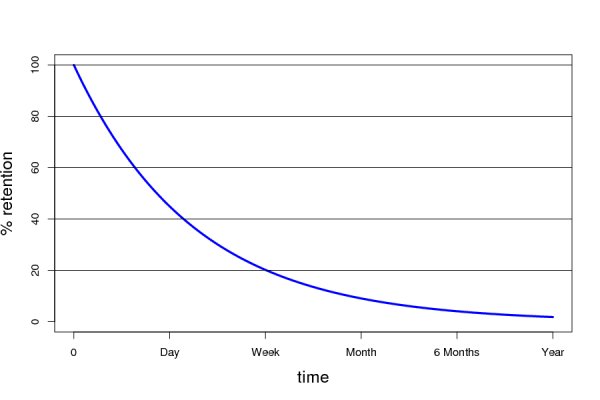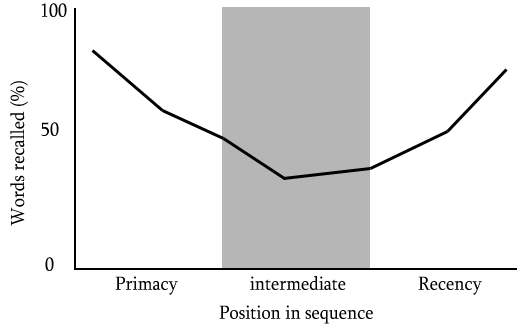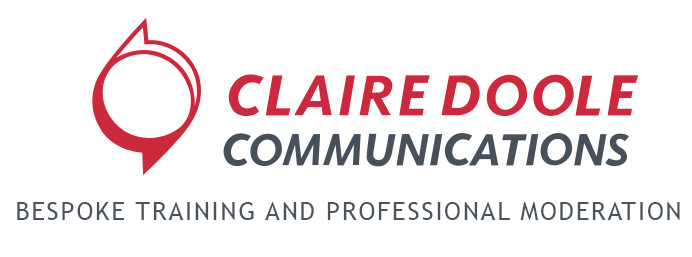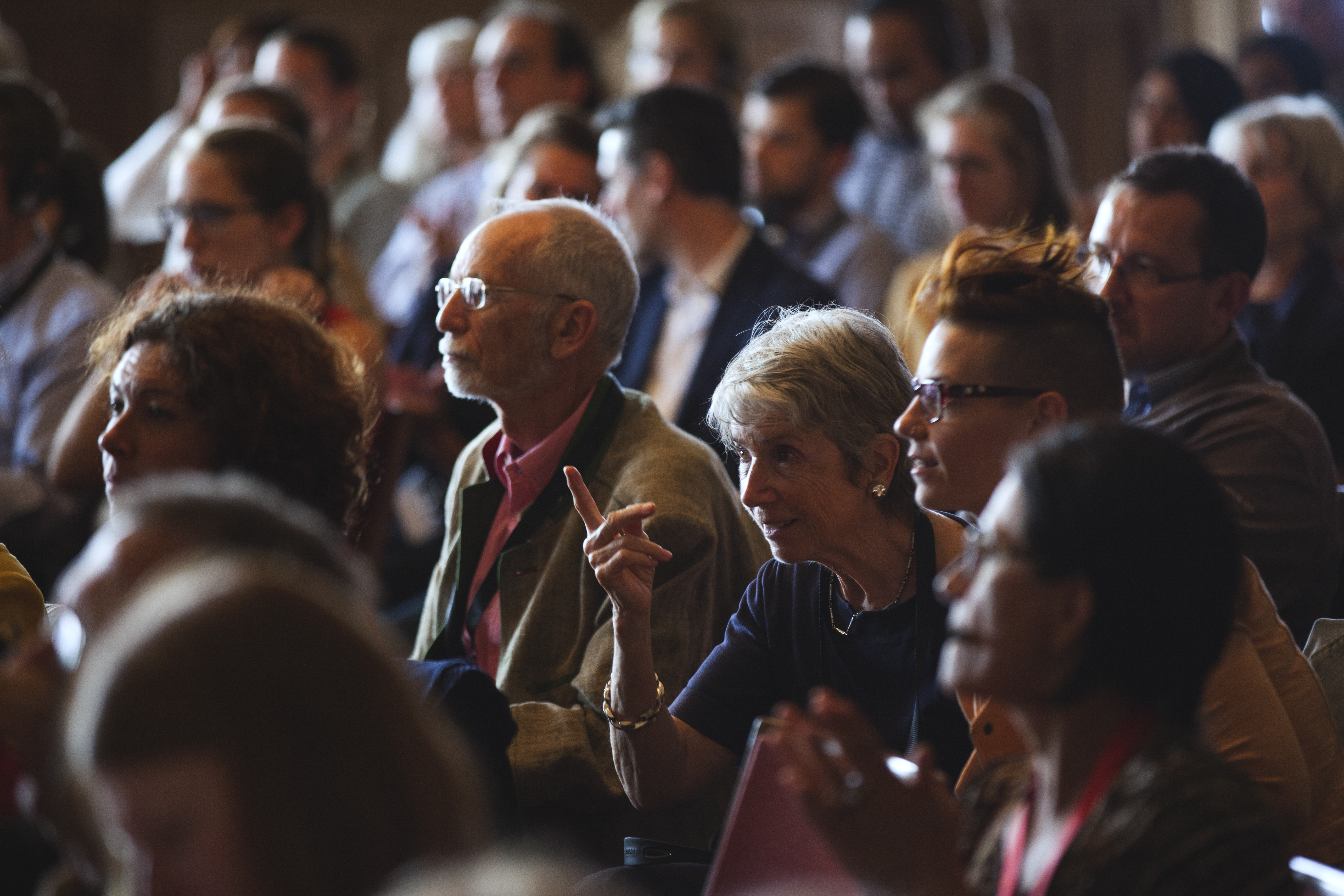We worked on a structure and delivery that holds the attention of a global audience from different backgrounds – academic, non-governmental, diplomatic and corporate.
What the coaching reminded me of is that the theories on memory recall developed by a German Professor during the last century are still valid today. Namely, the ability of the brain to retain information decreases over time.
Professor Hermann Ebbinghaus developed the “forgetting curve” which shows that the sharpest decline is during the first 20 minutes and then it levels off after 1 day. The speed of the decline depends on a number of factors such as how easy, visual or relevant the information is to retain. However, on average as the graph below shows people only retain 40% after the first day.

He also developed the concepts of primacy and recency – that we remember the first things and last things we are told with a good chance of forgetting much that is in the middle.

Theory into practice
Armed with this knowledge, she constructed a speech that put the overarching key message in the introduction and then developed 3 related key messages in the body before recapping them at the end.
So did the audience remember the key messages?
I asked people at the forum a couple of hours later and they clearly remembered the introduction – about the rise of xenophobia and restrictive immigration policies in Europe and the US and the call for fundamental rights to be respected.
However they only remembered the messages in the body of the speech when prompted. This may have been because the introduction focussed on a problem that was familiar to the audience and the body on innovative solutions to that problem.
Whatever the reason, it showed that when writing a speech the author has to frontload their key messages to be sure that they are remembered.
The next day, I asked several people what they remembered and true to Ebbinghaus’s theory they recalled the introduction but even less than the day before. The explanations ranged from battling jet lag, the time of day (late afternoon), listening to a foreign language to the temperature in the room (28 degrees outside).
When I tested their recall of the other opening speeches, the results were dismal. They remembered very little a couple of hours after and nothing on the second day.
It has to be said that I remembered very little either, as the speeches were not audience centric and certainly not structured according to the Ebbinghaus principles.
So, however engaged and educated your audience may be, it is worth remembering that it is your responsibility as the speaker to hold their attention by delivering a clear structure with memorable key messages.

